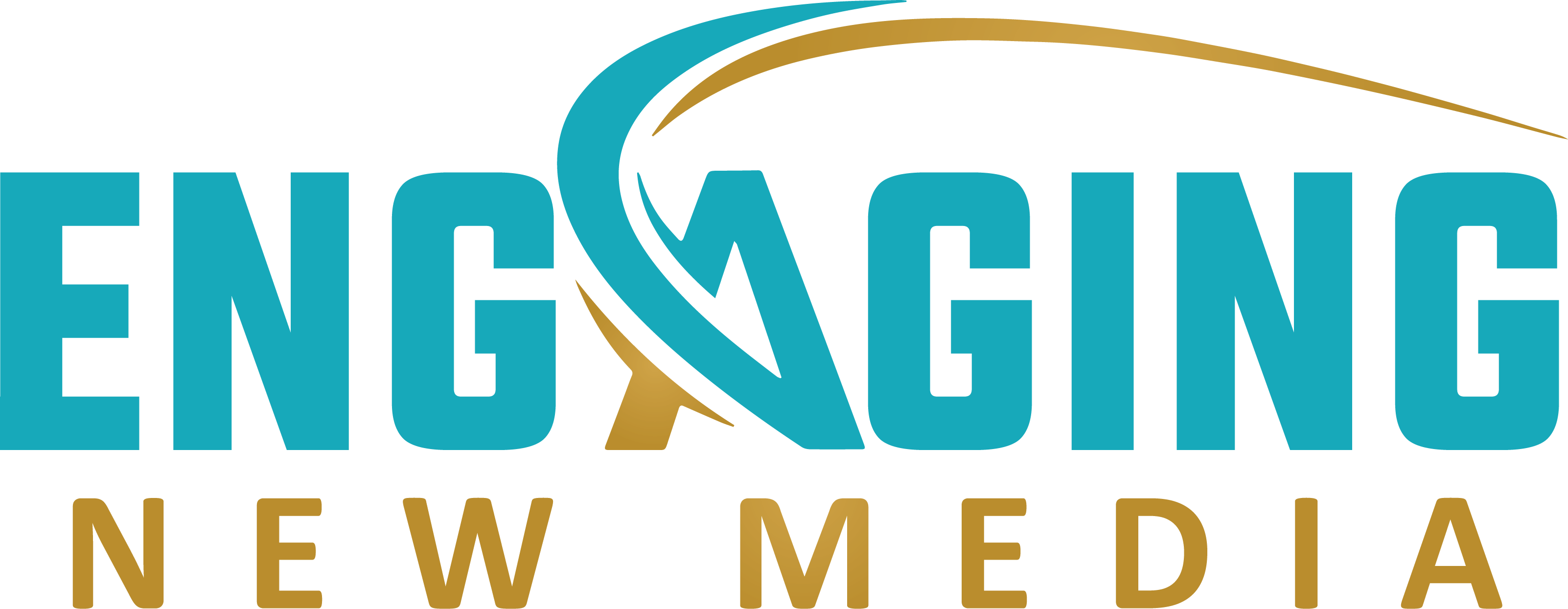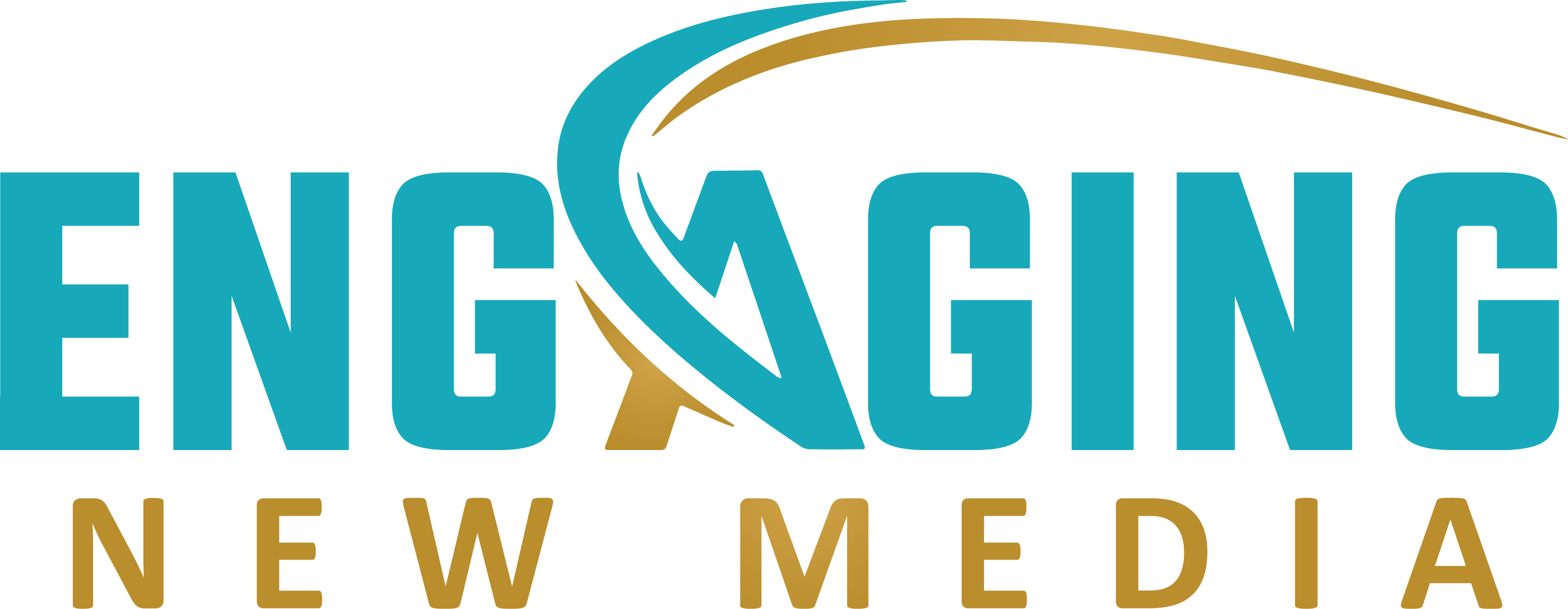Data driven storytelling combines analysis with creativity, using statistics and metrics to engage and inform audiences. By transforming raw numbers into relatable stories, organizations can deliver complex ideas in a simple way that text alone often cannot.
Video is one of the most effective mediums for data driven storytelling, allowing for a dynamic presentation that enhances viewer engagement and offers a richer experience. In 2024, platforms like YouTube, Instagram, Facebook, and TikTok increasingly prioritize video content. With the right approach, data can become captivating visuals that inform and inspire action. This blog will explore data driven storytelling techniques for turning data into engaging video narratives.
Why Data Driven Storytelling is Important
Data driven storytelling uses numbers and information to create interesting and easy to understand stories. It’s like adding a sprinkle of magic to your data. When you tell a story with original data, you help people see the bigger yet real picture and understand things differently. [1]

For example, instead of just saying, “The number of people who use smartphones has increased by 20% in the last year,” you could tell a story about a family who used a smartphone to find help during a natural disaster. This story makes the data more meaningful and memorable.
Data driven storytelling is important because it helps us:
- Communicate complex ideas: It can break down complicated information into simple, easy to understand stories.
- Engage our audience: Stories are more interesting than just facts and figures, keeping people engaged.
- Make better decisions: Understanding even complex information through stories can help make more informed choices.
Converting Numbers into Compelling Narratives
Here are some tips for turning data into compelling stories:

- Identify Patterns: Look for trends or surprising facts as the foundation of your narrative.
- Add Visuals: Use charts, graphs, or infographics to make data more engaging and accessible.
- Incorporate Story Elements: Include characters, conflict, and structure to create a more compelling narrative.
- Use Clear Language: Avoid jargon for broad audience appeal.
- Tailor Your Story: Focus on what matters most to your audience.
For instance, if you want to persuade your boss to invest in a product, don’t just show sales figures. Instead, tell a story about how the product solved a customer’s problem, illustrating its long-term benefits for the company. With data driven storytelling, your message becomes more persuasive, memorable and effective.
3 Steps of Storytelling
Creating a compelling data driven story involves a multi step process that begins with pre production and culminates in post production. [2]
1. Pre Production
Pre production is a planning stage that lays the core for your story. Research to gather necessary data and information. Once you understand your topic, you can start scriptwriting to outline the narrative structure and key messages. A storyboard helps to visualize the sequence of shots and transitions.
2. On Site Filming
On site filming phase brings your story to life. Location scouting is essential to find suitable settings that align with your narrative. Arranging a skilled crew is crucial for capturing high quality footage. Effective interviewing techniques elicit insightful responses from subjects, ensuring their perspectives enhance the overall story.
3. Post Production
Post production is the final stage, you convert your raw footage into a final product. Editing involves selecting the best shots, arranging them logically, and maintaining a smooth flow. Sound design adds depth and atmosphere to your story, enhancing the viewing experience. Color grading can create a specific tone or mood, further emphasizing the narrative.
Brands Mastering Data Driven Storytelling
Data driven storytelling helps brands engage with their audience, build emotional connections, and succeed in a competitive market.

1. Airbnb Turned User Data into Engaging Stories
Airbnb has smartly used data driven storytelling to improve its marketing. By looking at user data, they found out what types of travel experiences people liked. They created visually appealing videos that showcased unique places to stay and experiences from around the world.
One of their campaigns, “Live There” focused on helping travelers immerse themselves in new places by sharing stories that resonated with potential customers. This approach not only attracted more users but also helped Airbnb stand out as an innovative travel company. [3]
2. Spotify Created Personalized Stories with Data
Spotify has used data driven storytelling to make unique experiences for its users. Their yearly “Wrapped” campaign highlights what each user listened to over the past year, turning this data into fun, shareable stories. By showing listening habits, favorite songs, and artists, Spotify allows users to celebrate their music journey.
This campaign not only keeps current users engaged but also attracts new ones by showing how personalized their service can be. The success of “Wrapped” shows how data can bring people together and build a community. [4]
3. Coca Cola Used Data to Create Emotional Campaigns
Coca-Cola’s “Share a Coke” campaign is an ideal example of how data driven storytelling can connect with people on an emotional level. By studying what names were popular, CocaCola put those names on their bottles, encouraging people to find and share a Coke with friends.
This approach boosted sales and created buzz on social media, as people shared pictures of their personalized bottles. By merging data with emotional storytelling, Coca-Cola made a campaign that resonated with customers and strengthened their loyalty to the brand. [5]
Final Words
Data driven storytelling is a powerful tool that can transform complex information into engaging narratives. By effectively utilizing visual elements, understanding the storytelling process, and leveraging the power of video, you can create compelling stories that appeal to your target audience. Remember, the goal is to use data as a foundation for building a captivating narrative that informs, inspires, and persuades.
Frequently Asked Questions (FAQs)
What is an example of a data driven story?
Data driven stories use data to engage audiences. For instance, Nike’s “Dream Crazy” campaign inspires people by showcasing athlete performance data. Netflix analyzes viewer habits to create personalized marketing for popular shows. While LinkedIn shares report on job trends, helping professionals understand the job market. Target uses data to send tailored promotions to expectant parents. These examples show how brands use data to tell compelling stories that connect with people.
What is data driven storytelling?
Data driven storytelling is the practice of using data and analytics to create narratives that are engaging, informative, and persuasive. It helps to present complex information in a relatable way.
Which best defines data driven storytelling?
Data driven storytelling is the process of using data to create a narrative that is both informative and engaging.




